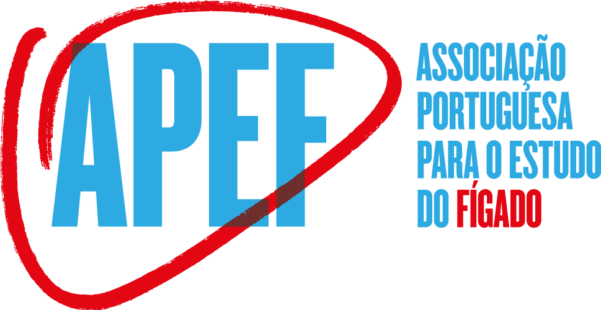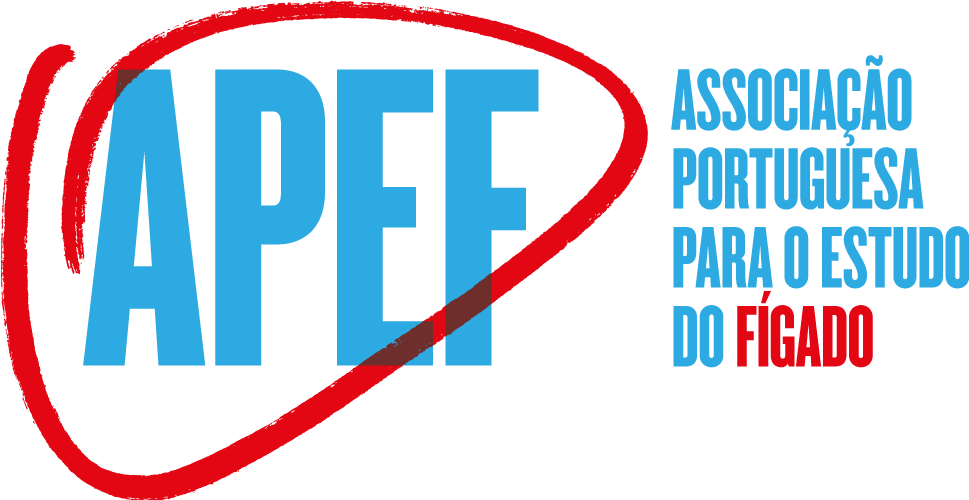Doenças Vasculares 2015
Introduction
Vascular disorders of the liver, although affecting less than
5/10,000 patients, collectively account for a number of rare
conditions that represent an important health problem worldwide in the field of liver diseases. A common characteristic of
most of these disorders is that they can cause non-cirrhotic portal
hypertension with an ensuing high morbidity and mortality. In
addition, special relevance addresses the fact that patients are
usually young with an otherwise normal life expectancy that
may be markedly shortened if they are not adequately managed.
Advances in the knowledge of vascular liver disorders are
hampered by the small number of cases and a limited number
of studies assessing natural history, pathophysiology or therapy.
However, in recent years, interest for these disorders has
increased as reflected in the rise in the number of publications
on this topic. In addition, EASL has encouraged this increased
interest by sponsoring a monothematic conference in June 2012
in Tallinn on vascular disorders of the liver, and by proposing
an EASL clinical practice guidelines on the issue. These guidelines
will not cover all possible vascular disorders of the liver but are
mainly based on the subjects discussed during the monothematic
conference; Budd-Chiari syndrome, non-cirrhotic portal vein
thrombosis, idiopathic portal hypertension, sinusoidal obstruction syndrome, hepatic vascular malformations in hereditary
haemorrhagic telangiectasia and portal vein thrombosis in
cirrhosis.
Guidelines have been written according to published studies
retrieved from Pubmed. The evidence and recommendations
have been graded according to the Grading of Recommendations
Assessment Development and Evaluation (GRADE) system. The
strength of evidence has been classified into three levels: high
(A), moderate (B) or low quality (C), while the grade of recommendation in two levels: strong (1) or weak (2) (Table 1). The
higher the quality of the evidence, the more likely a strong recommendation is warranted. Where no clear evidence existed,
recommendations were based on agreed opinions of the writing
committee members.



